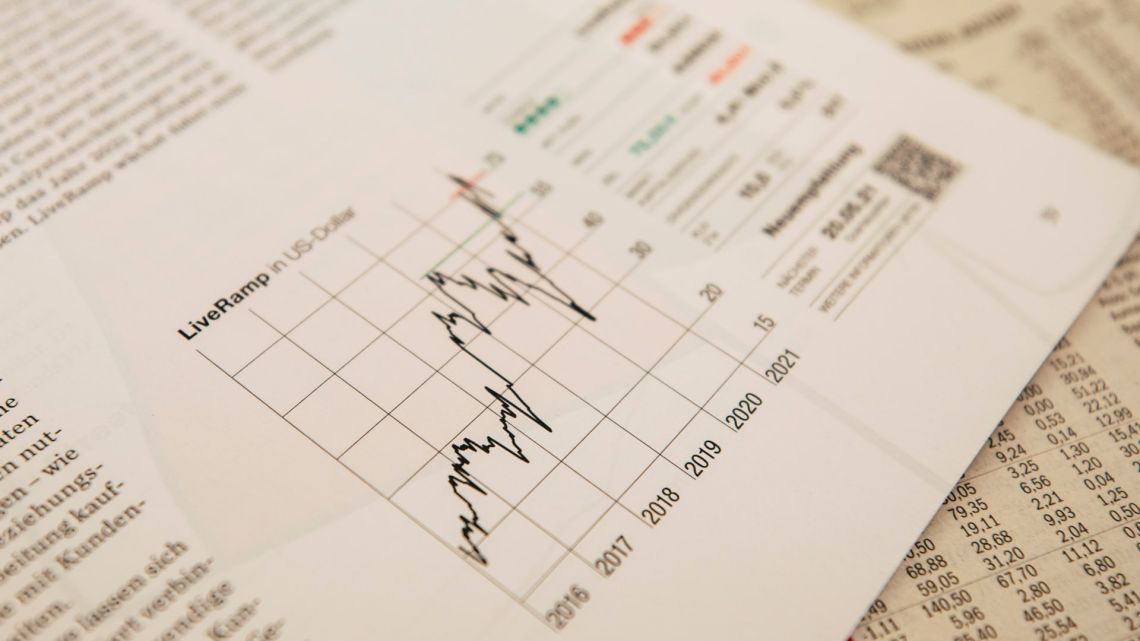
In the realm of Tesla stock analysis, the debate rages on between the bulls and bears. They scrutinize everything from Elon Musk's leadership to quarterly earnings. However, at the heart of the matter, whether one sees Tesla as a Buy, Hold, Hold, or Sell, ultimately comes down to the numbers.
Just recently, HSBC analyst Michael Tyndall made a rather bearish stance on Tesla. In his coverage initiation report, he set a price target of $146 per share, which contributed to a 5.2% drop in Tesla's stock price. Meanwhile, the S&P 500 and Nasdaq Composite experienced more modest declines of 0.8% and 0.9% respectively.
While Tyndall's report spans an extensive 110 pages, one number takes center stage: 13%. This figure represents Tyndall's projected average annual growth rate for Tesla's car business from 2023 to 2030. According to his forecast, Tesla is expected to sell approximately 1.8 million cars in 2023, each priced at around $45,000. Fast forward to 2030, and Tyndall envisions sales of 5.8 million cars at a reduced average price of $32,000.
Contrasting Tyndall's skepticism is Canaccord analyst George Gianarikas, a steadfast Tesla bull. He rates the company's shares as a Buy and has set a price target of $267. Gianarikas anticipates a more optimistic average annual sales growth rate of around 20%. By 2030, he predicts Tesla will sell roughly 6.6 million vehicles with an average price hovering around $45,000.
The deviation of seven percentage points in growth rate between the two analysts carries immense significance. It could be the determining factor between Tesla having a car business valued at $190 billion or $300 billion by the end of the decade.
Enter Gary Black, co-founder of the Future Fund Active ETF (FFND). Black's bullishness surpasses even Gianarikas' optimism. He foresees a staggering 10.2 million units sold in 2030, with an average price of about $47,000. This implies an impressive average annual growth rate of around 29% over the next seven years. If Black's projection materializes, Tesla's car business could reach a whopping $480 billion market value by the close of the decade.
In the fierce battlefield of Tesla's stock performance, the bulls and bears relentlessly wield their numbers in the struggle for supremacy. Their projections on sales growth ultimately hold the key to determining the true potential of Tesla's automotive empire in the years to come.
As a professional copywriter, I understand the complexities of valuing growth stocks, especially in the tech industry. One approach, known as "classic reversion to the mean," suggests that over time, growth rates should converge to an industry average. While this idea holds some validity, it may not accurately reflect the nature of high-growth tech stocks.
Attempting to outpace an entire industry's growth for an extended period is challenging. It's akin to valuing a slow-growth legacy auto company rather than a fast-growing tech giant. To illustrate this point, consider the following examples:
- The difference between 15% and 25% average annual growth over a few years is difficult to grasp. However, when stretched over seven years, the higher growth rate results in a company twice as large.
- Alternatively, suppose we compare a company growing at either 3% or 5% annually (the same percentage difference between 15% and 25%). In that case, the higher growth rate only leads to a 15% increase in company size.
These examples underscore the challenges of valuing growth stocks accurately. Consequently, it can be helpful for investors to step back occasionally and focus on something simpler. For instance, if an investor believes Tesla will sell five million cars in 2030, they may not favor the stock. However, at seven million car sales, they may be comfortable with the stock's current trading price. If the projected sales reach 10 million, they may see it as an excellent investment opportunity.













Write Your Comment